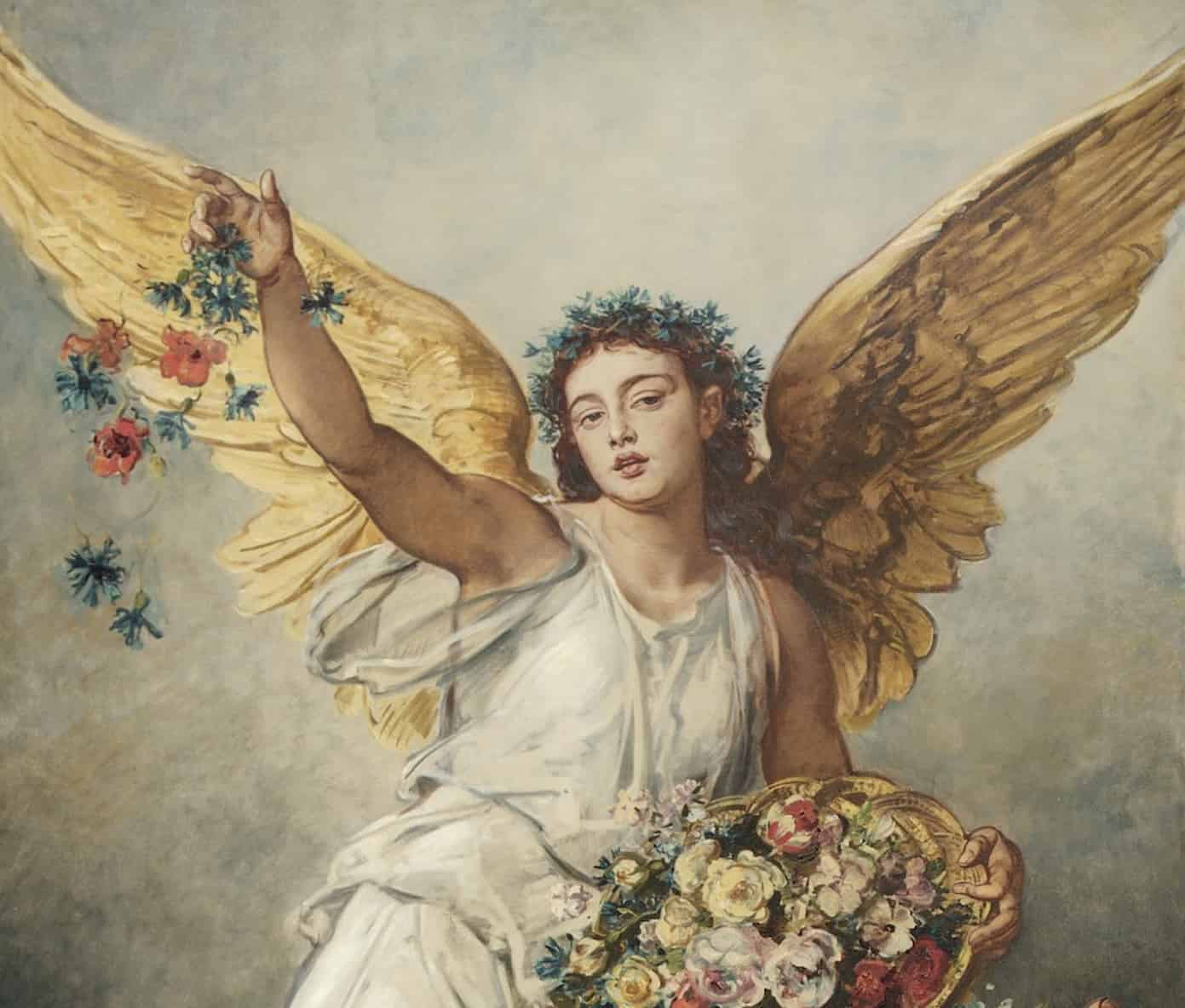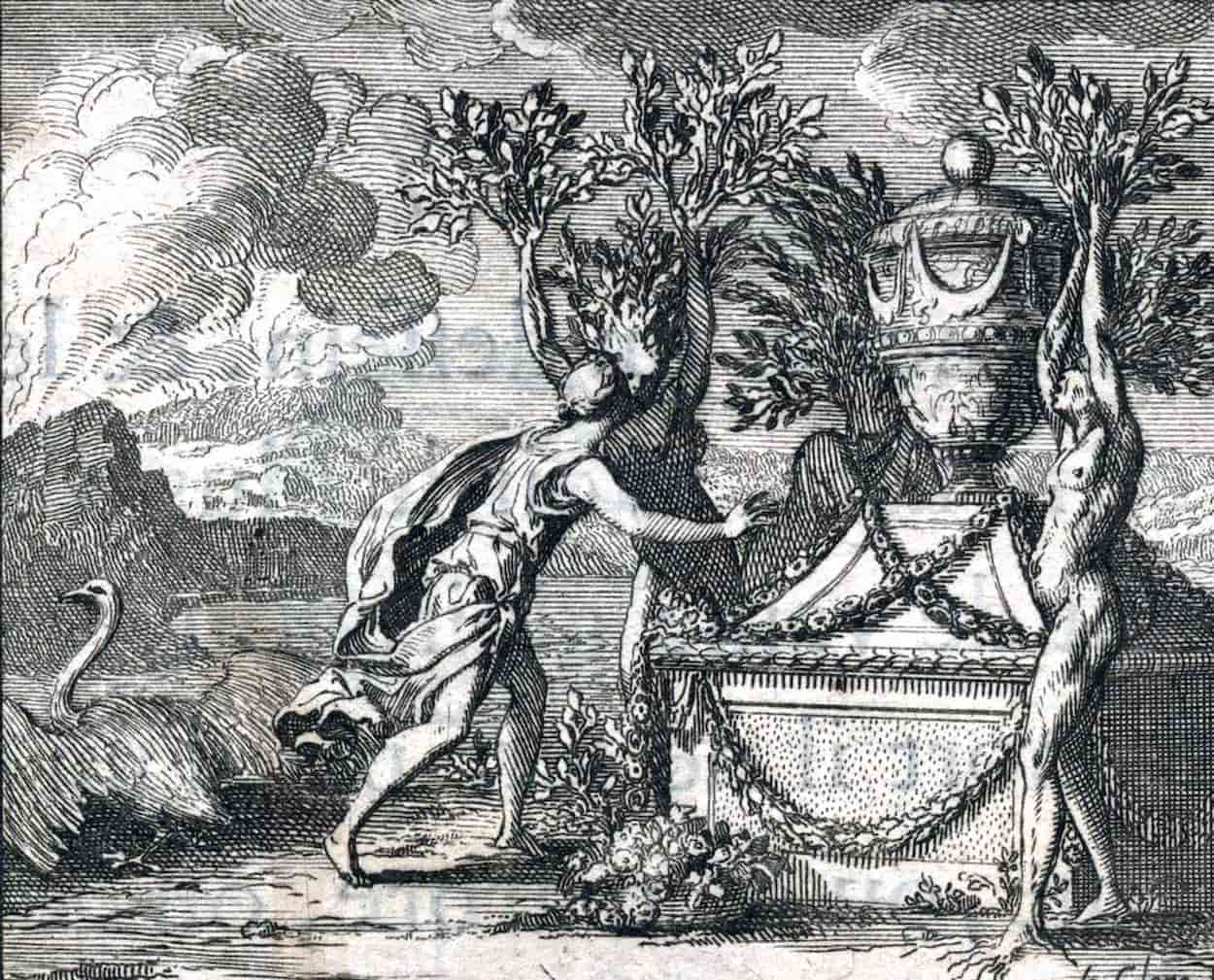Eirene: The Goddess of Peace in Greek Mythology
Eirene is the goddess of peace in ancient Greek mythology, the personification of the world, one of the Horaes, the daughter of Zeus and Themis. She was in charge of the change of seasons and the fertility of the fields. The Romans had Pax.






